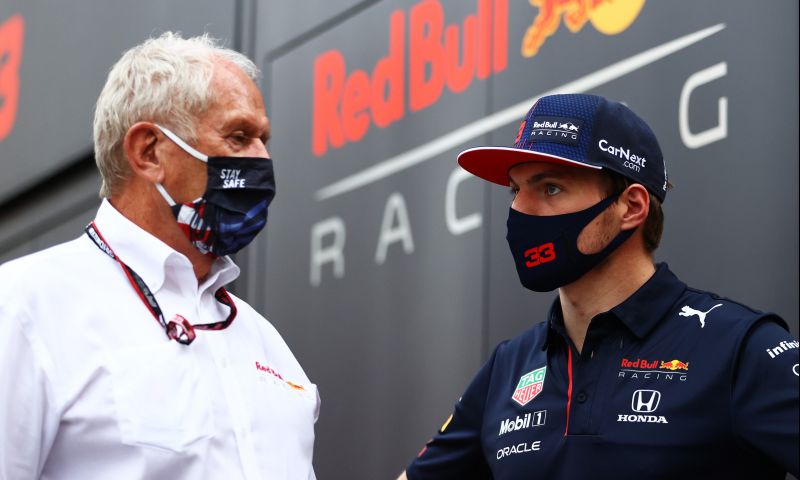F1 News

Halo finally convinces Marko too: "Accidents are less serious"
- GPblog.com
Besides the fact that there was again plenty to see and experience during the Italian Grand Prix at Monza, it was once again pure advertising for the halo. The crash between Lewis Hamilton and Max Verstappen didn't seem serious at first, considering the low speed at the chicane in question. However, things almost went wrong when the Dutchman's car flew over the Mercedes and Hamilton was almost hit by a rear wheel of the RB16B.
Halo has convinced Marko
The halo had few followers when the FIA announced that the part became mandatory on a Formula 1 car. Yet it is hard to imagine F1 without it. Besides nice visual telemetry during a race, it has also prevented a lot of damage to the health of several drivers.
Even Helmut Marko, before the introduction of the halo one of the biggest sceptics, has turned 180 degrees. Speaking to Austrian newspaper Österreich, the Red Bull Racing advisor says: "I was quite sceptical when it was introduced. Afterwards I have to admit that the halo has contributed decisively to making the consequences of accidents less serious. This was already evident from Grosjean's accident last year."
Previous times that the halo played a decisive role
To date, the halo has already proven its worth in several incidents. In addition to the crash between Verstappen and Hamilton at Monza and the accident with Grosjean that Marko refers to, Charles Leclerc also got away well in 2018 when he got Fernando Alonso's wheel on his helmet at Spa. Marcus Ericsson, now no longer active in F1, also owes thanks to the halo. Also in 2018, the Swede got away well at Monza, when during a free practice his DRS didn't close and he went straight at a corner at 300 kilometres per hour.

